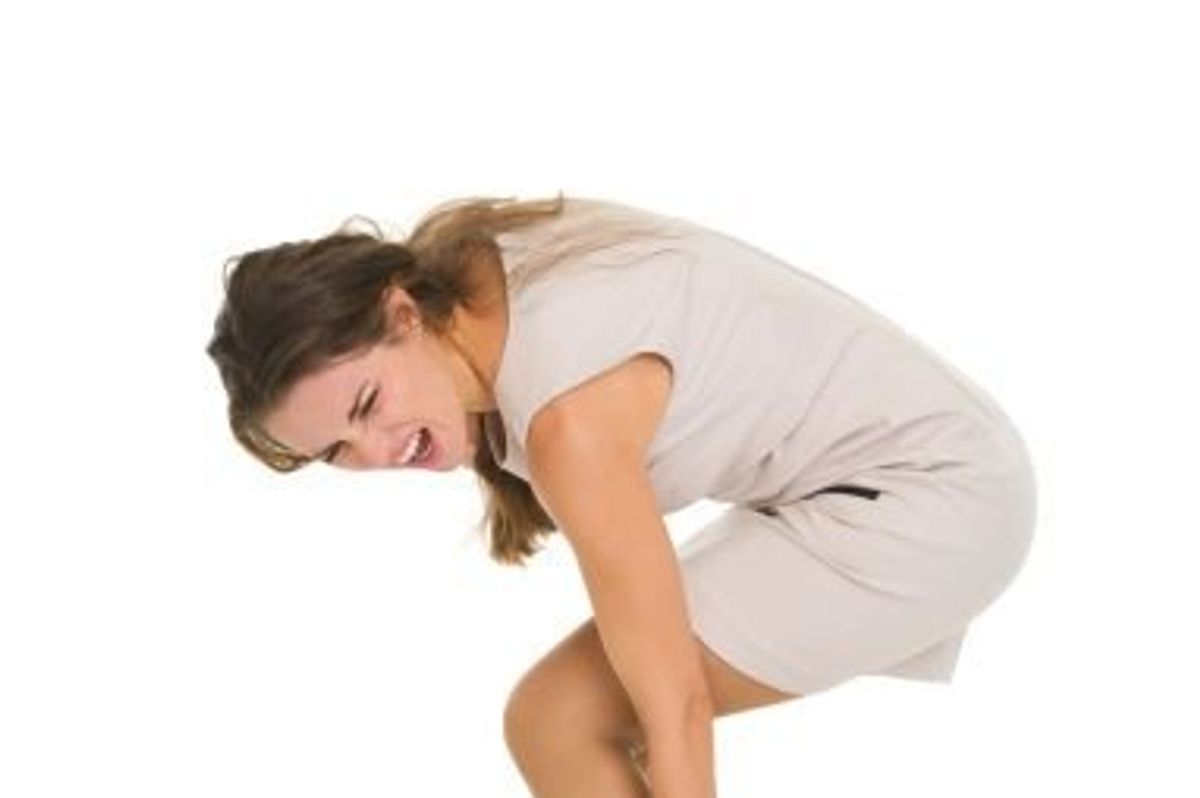This summer has brought out a variety of shoe styles. Rainy days (and there have been lots of them!) preclude me from wearing sandals (unless I want soaked feet). And on the hot, humid days, wearing the wrong sandals can cause swollen feet to feel misplaced in even the most comfortable pair.
Suddenly it seems like foot problems are an epidemic. Lately, everyone I talk to l has a foot story to share—a bump here that precludes them from wearing their favorite flats, a pain there that makes getting out of bed in the morning an excruciating challenge.
What gives?
If you're anything like me—and my bet is that you are—then I'm sure you're a cranky mess if your feet hurt. I can't count the times I've been caught in too-tight shoes, shoes that rub my feet the wrong way and cause painful blisters to erupt, shoes that are too flat, too high, too tight, too loose—too ill-fitting to warrant anything but throwing them in the trash.
And to make matters worse, it's not only your mood that can suffer from the wrong shoes, it's your feet. The wrong fit, or shoe, can cause painful, stubborn and hard-to-treat conditions like plantar fasciitis, ingrown toenails, corns and calluses.
Here are some common offenders—and ways to put your foot down and say NO to foot pain:
Sandals
Gladiator and strappy sandals might look great, but beware of the havoc they may cause: irritation between your toes and calluses around your heels.
When shopping for sandals, look for natural materials (like soft, pliable leather). Make sure the sandals fit properly. Sounds obvious, I know, but it's easy to fall head over heels for a style or be tempted by a half-off sale. Resist the urge to buy the wrong size—they'll never be comfortable. Buy them too small and your heel can hang over the edge and you may suffer abrasions. Buy them too large and your feet won't get the proper support they need.
Ankle-wrap sandals are cute, right? Well, yes, but proceed with caution. They don't offer the best support. If you're walking on uneven surfaces, your ankle can easily twist. And the friction from the ankle strap can rub you the wrong way. The result: painful blisters.
No need to give up on this style, though. Choose ankle wraps made of a soft material like leather, cotton or satin, and make sure not to buckle or tie the strap too tight.
Wedges or espadrilles can also cause your ankle to twist if they're too high. Go for a wider, flatter wedge, and a rubber sole that provides traction can keep you steady on your feet. The platform should be beneath the front of the foot, with a lower incline in the heel so that your weight is better distributed.
Flip-flops have their place but can overstay their welcome. While they offer basic protection to the bottom of your foot if you're walking around a pool or warm surface during the summer (they can also help prevent you from contracting athlete's foot or plantar warts in public showers), beware of their lack of arch support. What can follow: heel pain from lack of cushioning, twisted or sprained ankles and even tendinitis and other potentially painful conditions like plantar fasciitis (see below).
Shoes
Flats look stylish under the right circumstances—but be careful to make sure the shoe has adequate cushioning or arch support. Without it, you can be prone to a type of heel pain known as plantar fasciitis (PLAN-tur fas-e-I-tis), an inflammation of the thick band of tissue that runs along the bottom of your foot, connecting your heel bones to your toes.
Pointy-toed shoes make me wonder if they're worth it. Ingrown toenails, hammertoes, bunions, calluses and corns … oh, my. I can personally attest to a very painful condition called Morton's neuroma, often caused by those fashionable-looking pointy-toed shoes or footwear with a narrow toe box. Constricting shoes like this can pinch the nerve between the toes, resulting in discomfort and extreme pain, as if you're stepping down onto a hard rock every time you take a step.
Stay one step ahead of foot pain with these tips:
- Have your feet measured. Foot sizes can, and do, change.
- Buy for the larger foot. All feet are not created equal.
- Bring along an insole while shopping. It may be just what you need to make the shoe fit comfortably.
- Don't convince yourself the shoe will be comfy once it's "broken in." It should feel good the moment your foot hits the ground. You can bet that if it hurts in the store, it'll hurt even more once you get home and start walking around.
- Buy sports-specific sneakers. Because of all the quick lateral movement and weight shifts, sports like racquetball and tennis require a sneaker that supports both sides of your foot. You don't need as much shock absorption as a running or basketball shoe. Running shoes should provide maximum shock absorption to protect you against shin splints and knee pain.







